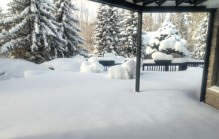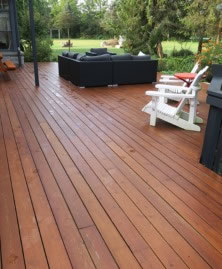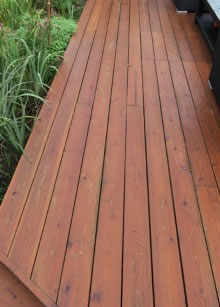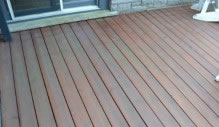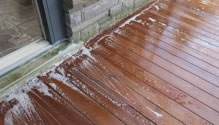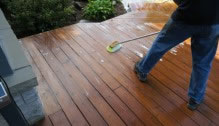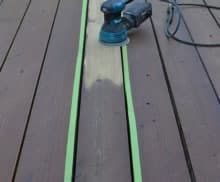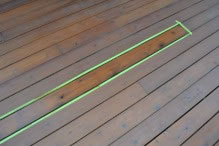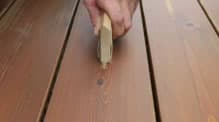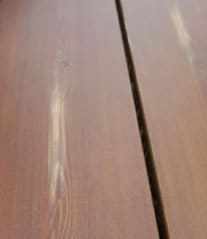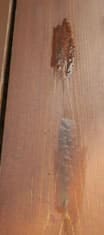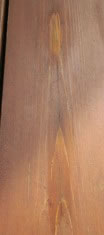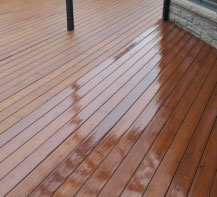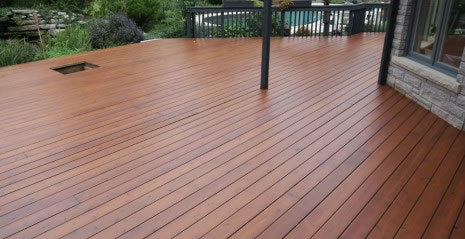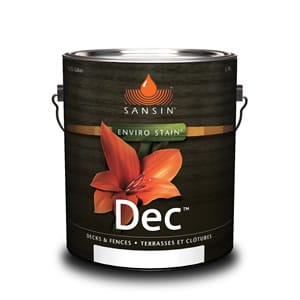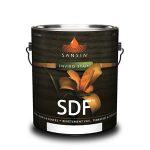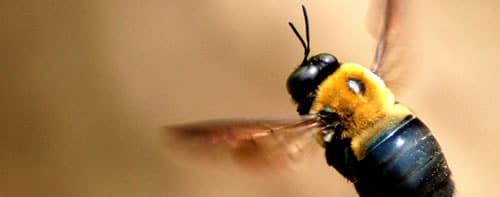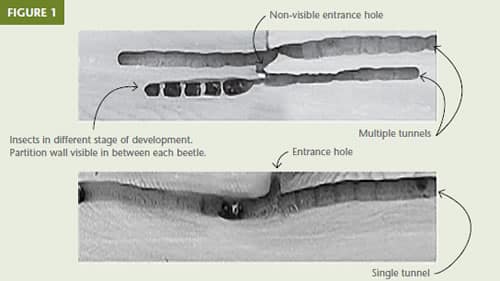By Mauraine Bos
As seen in Wood Design & Building
Increasingly, traditional timber frame companies are turning to large, prefabricated structural wood members for wall, floor, and roof construction. Using mass timber—including glulam, CLT, DLT, and NLT—in these applications allows the structural components to be revealed. It also exposes the beauty of the material and complements the other building elements traditionally seen in timber frame construction.
“For most timber framers, it’s a natural evolution into mass timber as you grow,” says Sigi Liebmann, a Swiss Master Timber Framer and founder of International Timberframes in B.C., who was part of a team that helped develop DLT in Switzerland in the 1990s. “As our client and contractor base expands, growing into mass timber is a natural evolution. The trend of mass timber helps with the shortage of labour, and it enables timber framers to use prefabricated wood rather than doing everything on-site. We’re used to prefabrication of components, and, in the end, it’s all piece-by-piece assembly.”
Peter Graul, president of Woodpecker European Timber Framing, a full-service design manufacturer in Alberta, has a lot of experience with CLT and glulam. One of his favourite types of mass timber, however, is DLT because it has no glue and is very price competitive. He says Woodpecker often uses a CLT panel as an exposed sheeting on top of a timber structure instead of a tongue-and-groove product.
“That’s typically where we would combine mass timber and solid sawn timber,” he explains. “It’s faster to install, and it gets the building weathertight more quickly. This feature has a more contemporary look because it doesn’t have the lines you’d typically see in tongue and groove.” Another way Graul’s company utilizes mass timber is within a timber frame construction that requires a big, long span beam that’s hard to get in solid sawn timber. “In this case, we will refer back to glulam to create the beams,” he explains.
Mass Timber Benefits
As the benefits of mass timber have become more truly understood and appreciated, mass timber’s use continues to grow. Here are just a few of its many benefits:
- Superior seismic strength due to its lightweight and flexible nature
- Excellent fire retardancy
- Quick and efficient installation
- A unique and pleasing aesthetic that creates a sense of warmth and well-being within the structure
- Exceptional strength
- Outstanding dimensional stability
But perhaps one of the greatest benefits of mass timber is its ability to mitigate and sequester carbon. It also generates almost no waste onsite. “What I personally like about mass timber is its sustainability characteristics,” says Graul. “We don’t have to use big trees to produce the wood. Also, it doesn’t come completely out of square and twist because there are several layers that are laminated to give the member stability. That is a big one for me as a carpenter.”
Liebmann says the benefits to working with mass timber extend into his workforce, too. “Most of the mass timber work—80% to 90%—can be done in the factory, which is a controlled environment. It’s easier on workers because they are able to stay home to prepare the mass timber in our factory, and then when the prefabricated product goes to the site, installation is easier on the workforce there as well.”
The number of sawmills near the shop enables International Timberframes to process all of its mass timber materials—a product they have dubbed Wood100 DLT—in the factory, so the volume of the shipment is smaller. “This leads to much quicker installation and ‘just-in-time’ delivery,” Liebmann says. “Contractors know the truck is coming and are able to lift the panels from the truck to be installed immediately. We just load the pieces onto the truck in sequence. It’s a big time and cost savings.”
Liebmann adds that this is a very familiar process for traditional timber frame companies. “With mass timber, it’s just bigger pieces, but it’s the same principles we’ve always had with timber frame,” he says. “We’re pretty flexible to mix solid timbers with mass timber. There is a material for every use, so it’s not a problem to mix and match.”
Protecting the Wood
To bring out the beauty of the wood and ensure it is protected during installation from UV and moisture, both companies protect all six sides of their mass timber elements with a factory-applied penetrating, breathable undercoat treatment from Sansin. “It’s very easy and quick to apply, and it’s totally worth it to protect the mass timber,” says Graul. “Mass timber projects are often bigger, so they will be exposed to weather longer. That makes it especially important to apply a protective coat.”
Liebmann says International Timberframes uses Sansin for its durability, ease of application, and range of colours and custom tinting that enables colour matching. “We also want to stay as environmentally friendly as possible, so Sansin makes sense for us.”
Sansin has developed a reputation for high-performance industrial and factory finishes that set the benchmark for environmentally friendly formulas. “Our coatings deliver the color, durability, and performance that architects, engineers, and builders can count on,” says Sjoerd Bos, managing director at Sansin. “In addition, our IRIS service takes pride in helping professionals select the best coatings systems to meet the aesthetics and protection requirements of each unique project.”
Along with protecting the wood during construction, the protective undercoat enhances the stability of the wood while preventing discoloration. It also increases the topcoat performance by helping control finish clarity, colour, and grain definition while offering deep wood protection against UV damage and moisture-related issues.
“Whether you’re working with a mass timber structure, traditional timber frame construction, or a hybrid, our best advice is don’t compromise on the coating,” Bos says. He notes that when mixing solid wood with mass timber, it’s important not to look for an exact match in the finish if the wood species are different. “Especially in a transparent finish, the colour will always patina a little differently based on the oxidation process, so it’s best in these instances to seek complementary colours and tones for the different types of wood.”
When using different coating formulas or applying the same coating to different species of wood, Bos suggests working with the coating manufacturer to obtain samples and ensure the appropriate colour and transparency are achieved.
The Versatility of Mass Timber
Mass timber offers incredible versatility for manufacturers, architects, and builders, and it is transforming what is achievable with wood construction. These timber frame companies have proven themselves to be mass timber “mix masters” that not only build remarkable structures with mass timber but also understand the value of protecting the investment in the wood.
To learn more, go to www.itimberf.com, www.europeantimberframing.com, or www.sansinfactoryfinish.com.
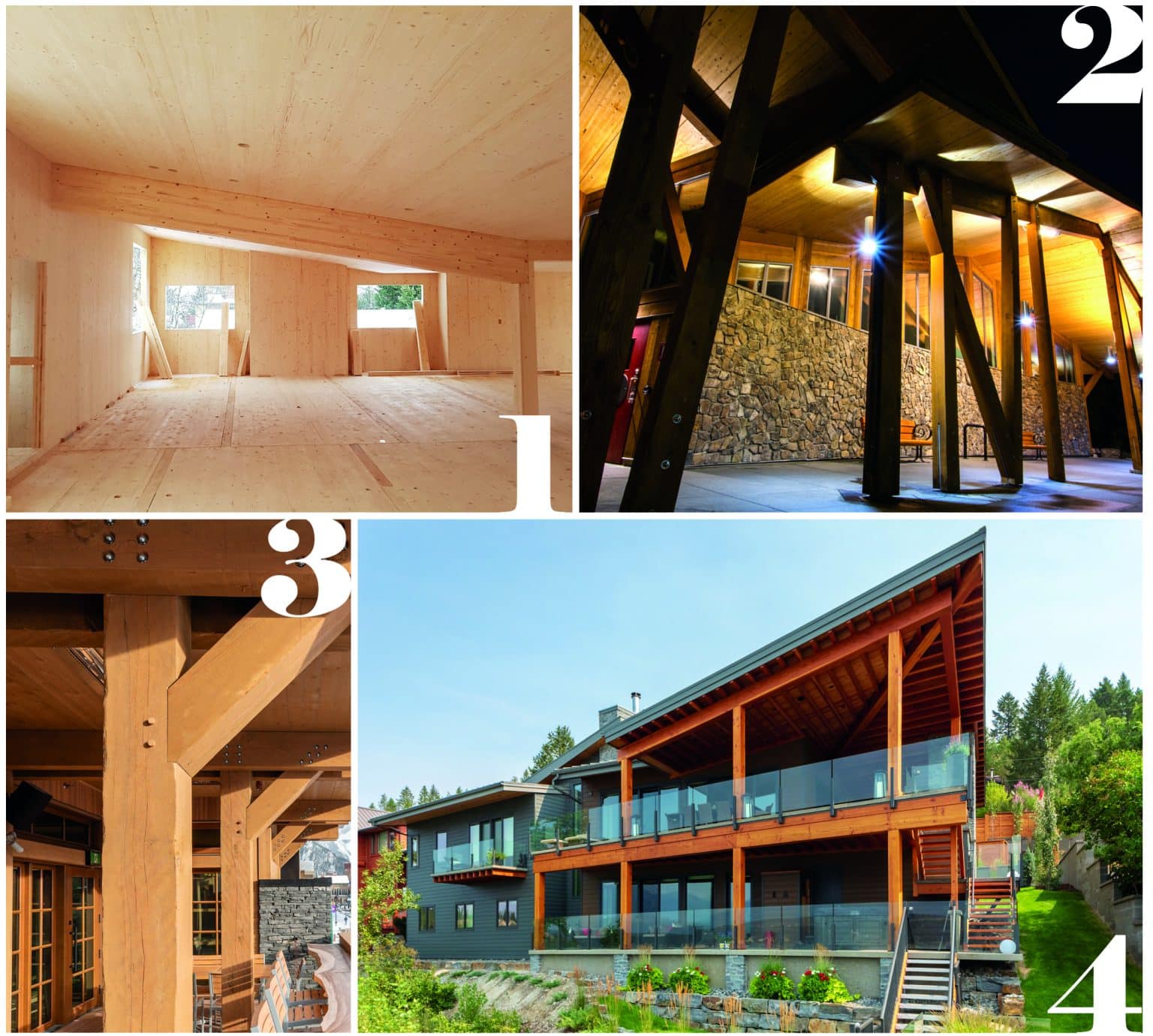
1. This structure is entirely mass timber with glulam and CLT post and beams on the exterior and CLT floors, walls, and ceilings. Everything was protected with Sansin finishes. (Courtesy of Woodpecker European Timber Framing)
2. The posts on the washrooms are solid sawn wood while some of the beams are glulam. The ceiling is mass timber. (Courtesy of Woodpecker European Timber Framing)
3. The beams and posts extending out of the building, as well as the railing posts, are solid sawn wood. The ceiling is constructed with CLT. (Courtesy of Woodpecker European Timber Framing)
4. This residential project features glulam and timber. (Courtesy of International Timberframes)
